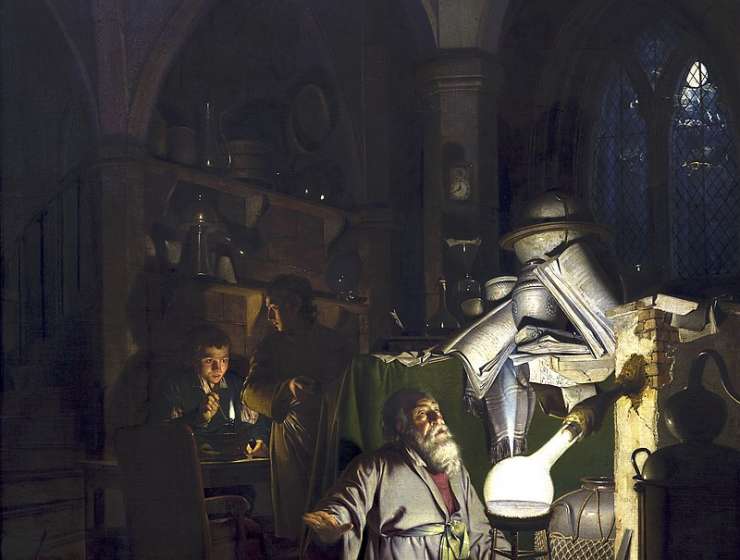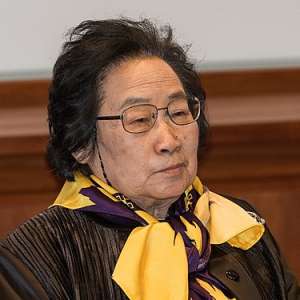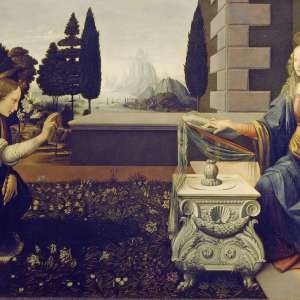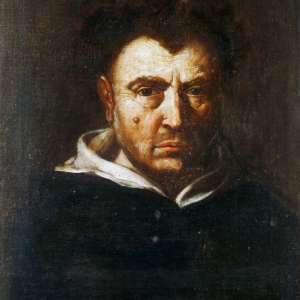
One night in 1669 German physician Hennig Brandt attempted to create the philosophers’ stone. This elusive goal had been pursued by alchemists for centuries for good reason: it could transform base metals into gold.
Brandt had spent most of that day in his laboratory, heating a mixture of sand and charcoal with a tar-like substance produced by boiling down about 1,200 gallons of urine over two weeks. He then maintained the mixture at the highest temperature his furnace could reach. After many hours a white vapor formed and condensed into thick drops that gleamed brightly for hours. The glowing, waxy substance had never been seen before. Brandt called it phosphorus, a Latin term for things that give off light.
Brandt’s was an era that still saw a world made up of four elements: fire, air, water, and earth. And like the fascinated colleagues to whom he showed his new compound, Brandt assumed it was composed of these elements. (A little more than a hundred years later Antoine Lavoisier replaced this worldview with another, of elements as simple substances that could not be further decomposed.) Whatever his categories, Brandt’s phosphorus was a spectacular sight. Artist Joseph Wright of Derby immortalized this moment a century later in his painting The Alchymist.










































